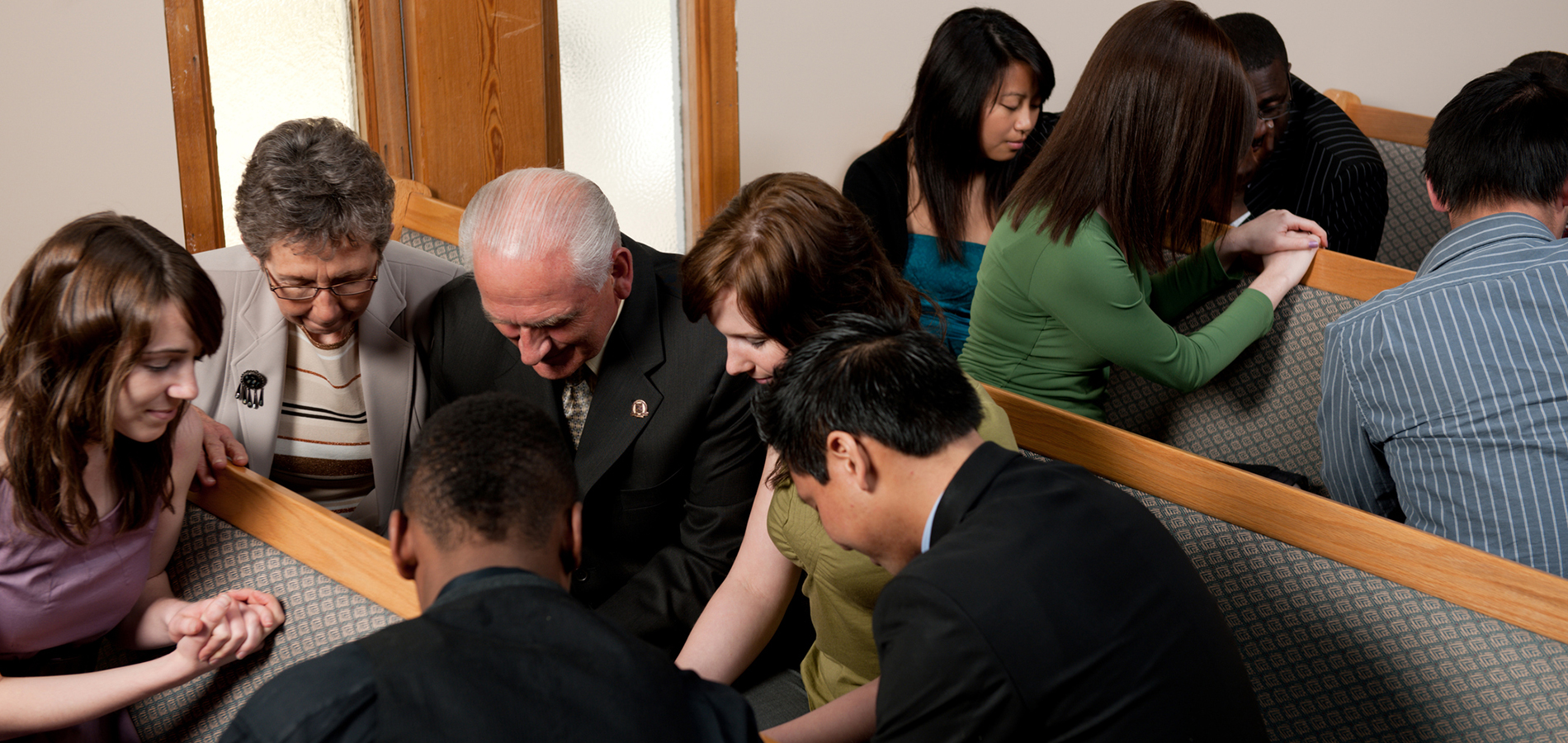Worshipping Together: Bridging the Generational Gap in the Church

Worship music is a polarizing topic of discussion in churches today. Some people think it’s important to remain faithful to traditional hymns, while others think churches should modernize by integrating or focusing on contemporary worship music.
The conversation has stirred up debate in a few circles and, in some places, led to a clear generational gap in the church. There are churches that have separate traditional and contemporary services. Others offer one kind of service and tailor their ministries accordingly.
Bridging the generational gap at church, however, isn’t about music. It’s separate from the push to update a church’s website and social media presence. Those types of subjects are consumer-driven. Rather, the real conversation needs to be focused on connecting generations in the church. A multi-generational church is the goal.
Understand Generational Differences in the Church
Ignoring people or pushing them away won’t settle differences in any environment. The generation gap in the church is no different. To bring all generations of believers together, listening and understanding is essential, according to Matt Marcantonio, executive pastor at Crossing Place Church in Morgan City, Louisiana.
“A lot of my mistakes in leading people three times older than me arose from a compulsion to change and challenge before listening and understanding,” he said in Influence Magazine. “I’ve learned that the first step is to listen. Using my ears helped me gain influence among older individuals and earn the right to speak into their lives.”
Perhaps the most important thing listening does is gain perspective. For instance, another pastor told Marcantonio about the attire of previous generations. When people went to work, they wore suits and dress clothes every day. They even dressed up for sporting events. Because they wore nice clothes often, doing so at church was only natural for them.
Hearing that explanation helped younger people understand why others still dressed up for church. The reverse happened, too. When the older generation learned that the younger generation also wanted to go to church in what they wore normally, there was perspective on both sides. It turns out they shared more in common than they thought initially, and that’s often the case when differences are approached with listening and understanding.
Bring People Together
Bridging the generational gap at church is possible through rather straightforward ways. And anyone can help bring people together. Whether you’re a church member or leader, you can play a role in proposing, volunteering for, or developing one of the following avenues for multi-generational church activities.
- Small Groups: There’s a time and place for age-based groups, but small groups organized in other ways can bring together people of all generations and backgrounds. Teaching and fellowship are the focus here. Small groups are a great way to develop relationships within the church.
- Mentoring: A formal ministry for mentoring can connect younger and older Christians. Older believers can disciple and guide younger believers, as Paul exhorted in Titus 2. Reverse mentoring can be valuable as well, helping to challenge the older generation. After all, younger and older Christians can learn a lot from each other.
- Outreach: Projects spanning service, missions and evangelism work should be a focus for any church. They’re the perfect opportunity to bring people of all ages together. Working alongside each other — whether it’s building a church across the world or beautifying a local school playground — creates bonding opportunities.
- Prayer: A prayer ministry is a tangible way to join people in an essential spiritual practice. It can be incredibly simple, too. People can pray at specified times whether they’re in the same place or not. By establishing a formal prayer ministry, churches can help people cherish the power of prayer and experience the joy of praying for each other.
Unite Under a Single Spirit and Vision
Paul called on believers to “walk worthy of which you were called, with all lowliness and gentleness, with long suffering, bearing with one another in love, endeavoring to keep the unity of the Spirit in the bond of peace” (Ephesians 4:3 NKJV).
The unity expressed in the verse “does not refer to the fact that there is one Holy Spirit; but it refers to unity of affection, of confidence, of love,” according to the well-known commentary from Albert Barnes, Barnes’ Notes on the Old and New Testament. “It means that Christians should be united in temper and affection, and not be split up into factions and parties.”
Barnes warned against the persistent danger of discord and division because there are so many different backgrounds and preferences across society. But the bond of peace is different. It produces love and joy in the hearts of Christians through the Holy Spirit.
Unity in the body of believers extends to each individual church. And under each church’s vision and purpose, people are united. They’re united to reach the lost. They’re united to love God and other people.
While understanding and developing ministries can help with bridging the generational gap in the church, it ultimately requires unity. Leaders need to focus on how they can cultivate true unity in their congregations. If you’d like to expand your knowledge of subjects like spiritual formation, multicultural ministry and Christian apologetics, you can earn your Master of Ministry degree online. You’ll gain the knowledge and skills needed to pursue your career goals in ministry. A bachelor’s-level online Christian leadership degree is also available.
Bethel University’s programs are taught completely online by expert faculty who have years of experience in theology and philosophy. Thanks to the asynchronous nature of all courses, you’ll be able to study while maintaining your work and life commitments.
